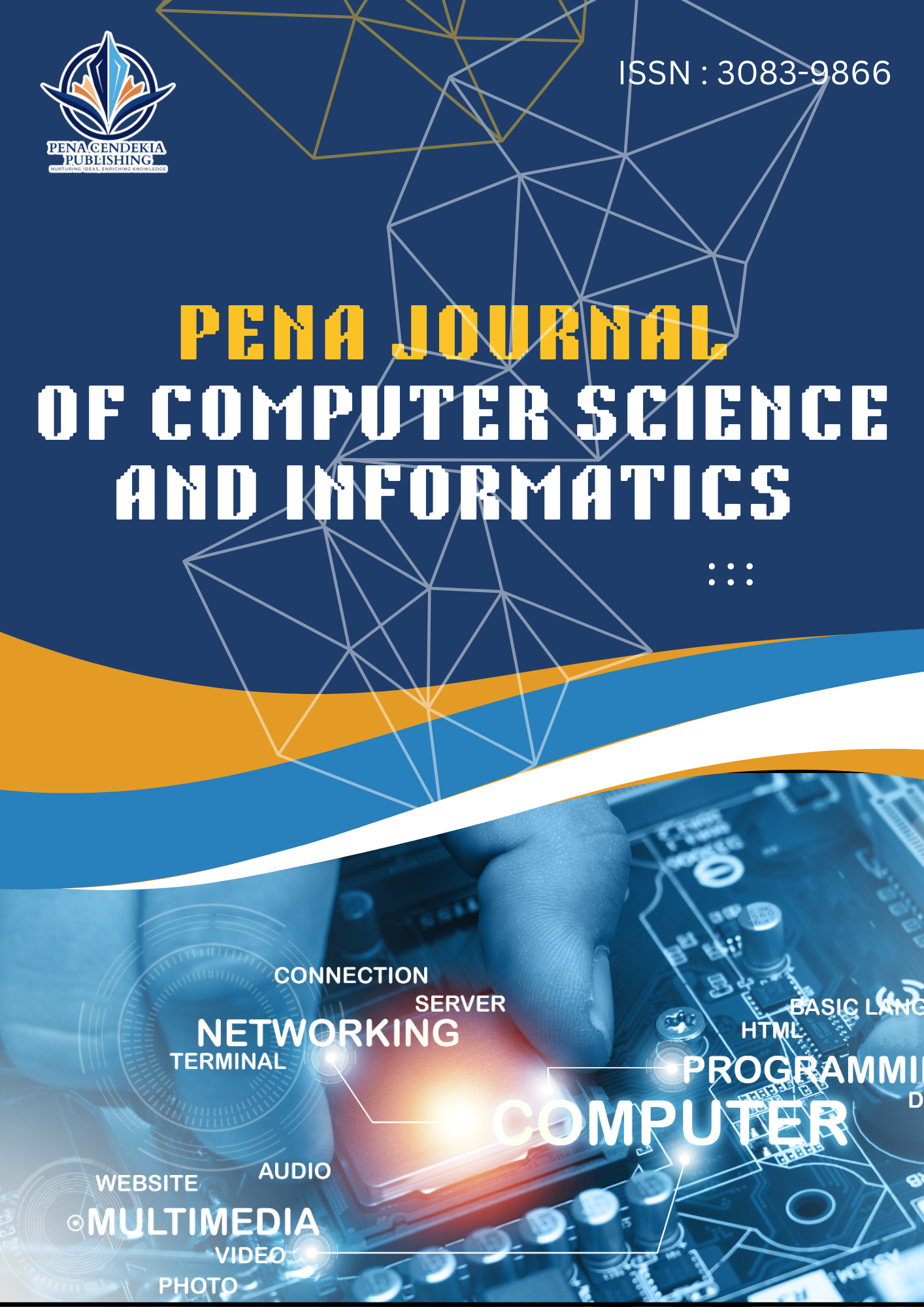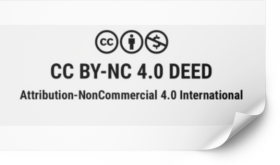Handheld REVA Spectrometer with Embedded Machine Learning Models for Rapid Stingless Bee Honey Authentication: A Field-Deployable Solution
Keywords:
REVA spectrometer, portable Vis-NIR spectroscopy, embedded machine learning, honey adulteration, portable food authentication, One-Vs-Rest (OVR) classification, Principal Component Analysis (PCA), Partial Least Square Regression (PLSR)Abstract
Honey is one of the most adulterated foods that caused the global issue in food fraud. Stingless Bee Honey (SBH), prized in ASEAN countries for its superior medical properties, commands premium prices and is prone to adulteration. Conventional authentication methods, though accurate, are time-consuming, costly and require specialized facilities, limiting their use in routine quality control. This study presents a rapid and non-destructive method by introducing a handheld Vis-NIR spectrometer (REVA In-Vitro) integrated with embedded machine learning models, operating in the 400-1000 nm range to authenticate SBH. Samples were artificially adulterated with distilled water (DW), apple cider vinegar (ACV), and fructose syrup (FS) at honey purity levels from 10% to 90% in 10% increments. 700 spectral data were used to train One-Vs-Rest (OVR) classification models with Principal Component Analysis (PCA) to classify adulterations, and Partial Least Square Regression (PLSR) for SBH purity detection. Validation was conducted using 50 unseen spectral data. The OVR classification model with PCA achieved 100% accuracy for both training and validation, while PLSR models attained determination coefficients, R² > 0.999 and root mean square errors, RMSE of 0.27% - 0.77% during training, and R² ≥ 0.938 in validation. This approach offers rapid analysis, minimal sample preparation, and costeffectiveness compared to conventional techniques, providing a practical solution for real-time SBH authentication in field settings.









